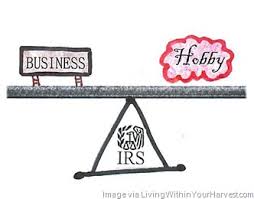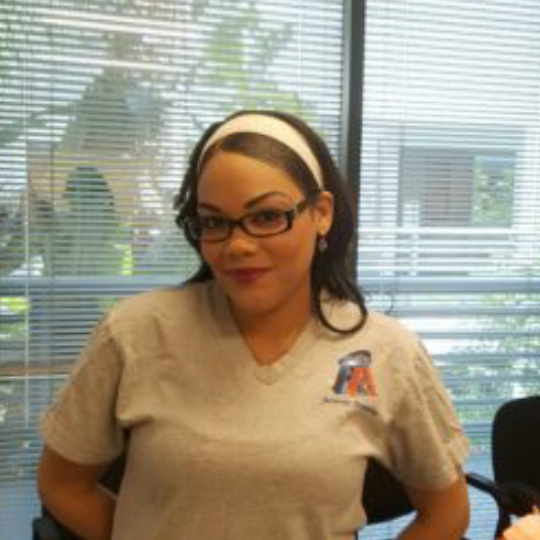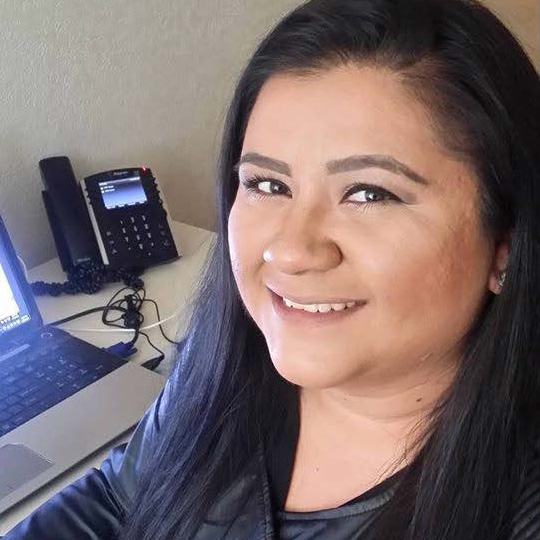Here is an excellent example of when your “Business” is considered as Hobby by IRS and the disastrous results of this determination.
In 2005, 2006, and 2007, Brent and Lynette McMinn operated a business which primarily involved acquiring used embroidery machinery, refurbishing it, and selling it. The McMinns would purchase and refurbish approximately 300 to 500 embroidery machines a year. The business was very successful, averaging $8,750,000 in sales annually.
Four of the couple’s six children – K.M., Dylan, Travis, Courtney – completed a variety of tasks to help run the embroidery business. The couple, through a sole proprietorship, paid the children by the job with each child receiving a large payment at year end that was based at least partially on the performance of the business. K.M. would clean the offices and also assisted with inventory and cleaning machines. Dylan and Travis both assisted with the transportation and refurbishing of the embroidery machines. Courtney worked full time for the business as a receptionist. Courtney was not claimed as a dependent on the McMinns’ income tax returns, but the other three children were.
Sometime before 2005, the McMinns acquired 176 acres of land that surrounded their residence to raise cattle. However, by 2005, Brent decided that raising cattle was not profitable and he decided to use the land for a deer hunting preserve. The McMinns did not have a written business plan or consult with experts for advice on developing a deer hunting preserve but instead relied on acquaintances for advice. They did not market the preserve, purchase any deer, or upgrade the fences.
In 2004, the couple formed Spring Lake Resort, LLC, with the purpose of developing land as a resort. Before the formation of Spring Lake Resort, the couple built a pavilion on the resort property that included restrooms and three campsites that could accommodate recreational vehicles. After additional improvements, the resort area included jet ski docks, fish pads, automatic fish feeders, and fire pits; a dam was rebuilt, and a bridge was added. The couple did not advertise the resort. They did not have a written business plan or any expertise in the developing a resort.
In 2010, the IRS issued the McMinns’ notices of deficiency for 2004, 2005, and 2006, determining, in part, that the couple had not operated their cattle and deer activity and their resort activity with profit objectives. The IRS also disallowed deductions for the wages the couple paid to K.M., Dylan, Travis, and Courtney through their businesses.
The Wages Paid to the Children Were Partially Deductible
The Tax Court noted that payments made to minor children by a parent for services rendered in connection with the parent’s trade or business can qualify as a business expense deduction under Code Sec. 162 if the applicable requirements are met, citing Denman v. Comm’r, 48 T.C. 439 (1967).
Because the couple’s arrangement with Courtney was different from that of the other children, the court analyzed her wages separately. The court noted that during the years at issue she worked full-time for her parents’ business. The court found she acted as a receptionist for the McMinn’ embroidery business, sorting the mail, answering calls, and scheduling appointments. The court noted that the couple paid her on the basis of what they had paid former secretaries and that Courtney was not claimed as a dependent of the McMinns’ for any of the years at issue. In addition, the court found that for the amount of work Courtney completed as a full-time employee, the wages paid were not unreasonable. Accordingly, the court determined that the wages paid to Courtney were deductible.
With regard to the wages paid to the other children, the court noted that the couple placed little economic value on the jobs the children completed throughout the year but paid them significant bonuses at the end of the year. Although Brent testified that he paid the children on the basis of what he would pay an unrelated party, he introduced no evidence proving as much. The court noted the bonuses were the largest part of the children’s wages and were paid once the taxpayers had the opportunity to determine the financial status of the business. The court found that the bonuses were not typical of a bona fide employer-employee relationship and were instead partially for familial support. In addition, the court found that the couple failed to maintain records adequate to substantiate the expenses. However, the court stated, Brent, three of the children, and an unrelated third-party credibly testified in court regarding the children’s work, and the court found the testimony sufficient to establish that the children actually worked for the couple’s embroidery business.
As a result, the court concluded that the amounts paid to the children throughout the first 11 months of each year at issue were reasonable and thus deductible. For December, the court held that the taxpayers could deduct the average of the children’s wages, disallowing the remaining balance of the payments and bonuses.
Other Activities Were Not Operated for Profit
Code Sec. 183(b) limits the deductions relating to an activity not engaged in for profit. Reg. Sec. 1.183-2(b) provides a nonexclusive list of nine factors relevant in ascertaining whether a taxpayer conducts an activity with the intent to earn a profit. The factors listed are: (1) the way the taxpayer conducts the activity; (2) expertise of the taxpayer or his advisers; (3) time and effort the taxpayer spends in carrying on the activity; (4) expectation that assets used in the activity may appreciate in value; (5) taxpayer’s success in carrying on other similar or dissimilar activities; (6) taxpayer’s history of income or losses with respect to the activity; (7) amount of occasional profits earned, if any; (8) taxpayer’s financial status; and (9) elements of personal pleasure or recreation. No factor or group of factors is controlling, nor is it necessary that a majority of factors point to one outcome.
The Tax Court determined that neither the cattle and deer activity, nor the resort activity, were engaged in by the taxpayers for profit. The court found that of the nine factors, only the fact that the land the taxpayers used had appreciated in value (factor 4) weighed in favor of the taxpayers.
The court found that the couple did not carry on the activities in a businesslike manner (factor 1), noting they did not prepare business plans, did not advertise the deer hunting preserve or the resort, did not keep cattle or deer during the years at issue and did not even place road signs indicating the existence of the resort. The couple also had no expertise in the activities (factor 2) and did not hire experts to advise them, instead relying on acquaintances. Although the couple did not provide any evidence of the time spent on the activities (factor 3), the court found that their time was primarily devoted to their successful embroidery business. The court noted that the taxpayers were successful entrepreneurs, but found they had no prior experience operating a successful resort or a successful cattle ranch or deer hunting preserve (factor 5).
In addition, the court found that the activities showed consistent losses for the years at issue (factors 6 and 7) and that, because their embroidery business had such substantial income, they could afford a hobby with losses that cut into those profits (factor 8). Lastly, the court determined the couple derived personal pleasure from the activities (factor 9), noting that they enjoyed the use of the land intended for the cattle and deer activities and had built a personal residence near the resort’s lake.













